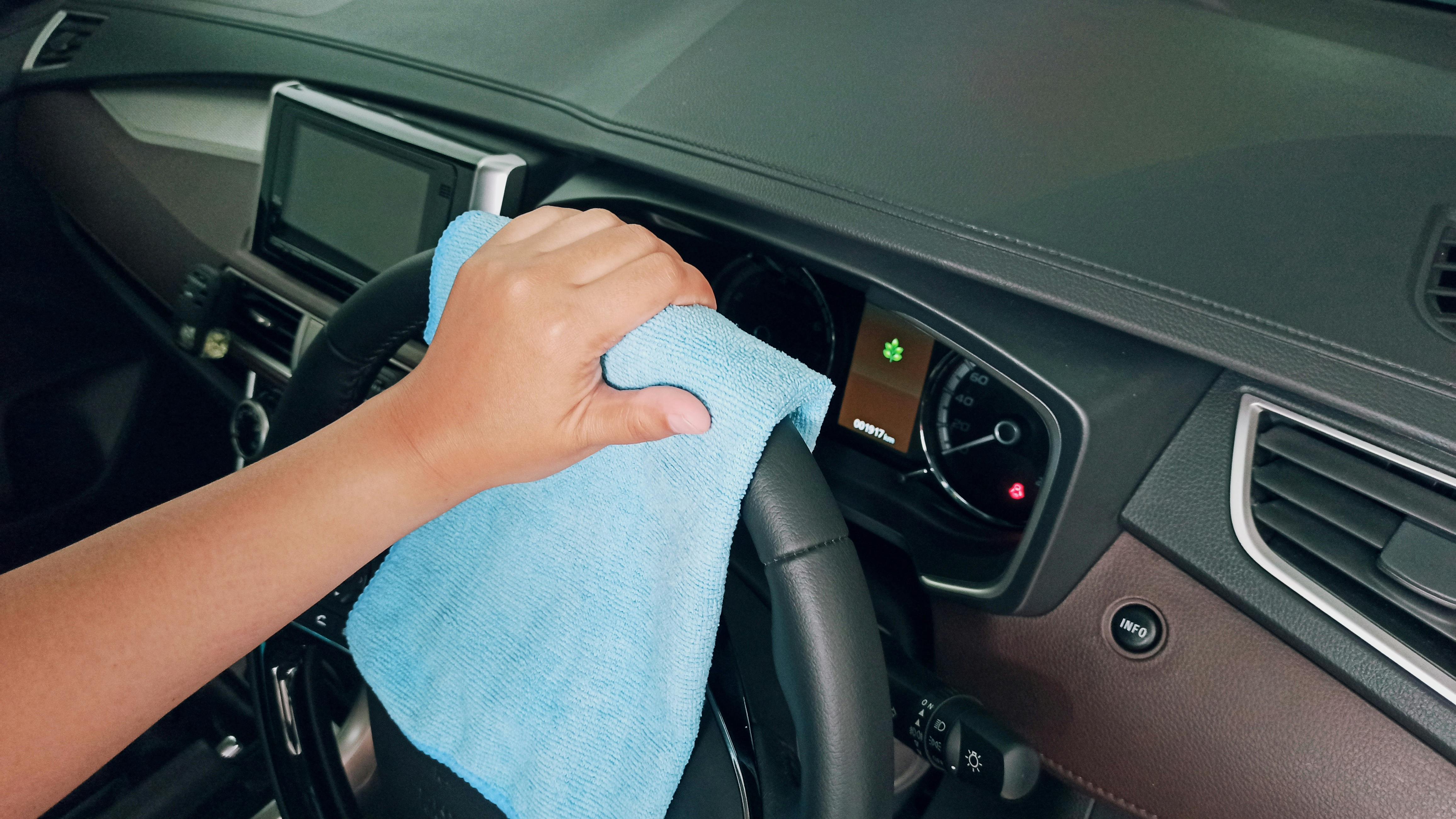Do you know where your trash goes? It’s easy enough to forget about it once it’s gone, but after the garbage truck picks up our trash, it’s dumped in a landfill or incinerator. In the US, about 26 percent of our waste is recycled or composted, and 8 percent is burned in incinerators. The rest, a whopping 66 percent, is piling up in landfills across the country. When you consider that the average American produces almost 4.5 pounds of garbage per day (compared to an average of around 2.7 in 1960), you can begin to visualize tons of garbage starting to pile up across the country.
While landfills are the oldest form of mass waste disposal in the US, they are also the second largest source of human-related emissions of methane, a potent greenhouse gas. In 2006, landfills accounted for almost 23 percent of all methane emissions. This landfill gas (LFG) is born as solid waste decomposed under anaerobic conditions (without oxygen). Adding to the problems associated with our overflowing landfills, even as we’ve done waste management, some inevitably dumps trash onto land in wild, natural places like the ocean or our waterways, where it can decompose and harm wildlife and even people. . You can help reduce the world’s overabundance of garbage by choosing to reduce, reuse and recycle.
These three effective “R’s” are extremely simple and purely free. At the end of the day, you may end up saving money. Being aware of the three R’s at home and elsewhere will help you on your quest to go green. Implement just a few of the ideas from these conservation concepts this week, but try to continue to make this mantra a part of your life in the future.
re-use
Studies show that between 2 and 5 percent of the waste stream is potentially reusable. Reusing the things you can will help keep tons of trash from going into landfills. A great example of a reusable item that can make a difference is rechargeable batteries. Each year, more than 15 billion batteries are sold worldwide, most of which are thrown away after just one use. Invest in some quality reusable batteries and a trickle charger that will better maintain their lifespan; Within a year, this investment will probably have paid for itself. [Note: All batteries contain some amount of mercury and should, thus, be recycled by an authorized location] Another productive change you can make is to bring your own reusable shopping bags when you go to the supermarket to reduce the unnecessary disposal of plastic and paper bags. Available in fabrics from eco-friendly hemp to organic cotton, these bags are affordable and easy to use; just remember to keep inventory in your car so you don’t get caught in the checkout line and asked “Paper or plastic?” It will also make a big impact and exponentially increase your eco-quotient if you choose to drink from a reusable bottle instead of throwing countless single-use bottles in the trash. The best bets for your health include BPA-free plastic bottles (avoid “PC” or recycling number 7, stamped on the bottom) and stainless steel versions.
Reduce
The first “R” refers to limiting the amount of things you buy or use in your daily life. Instead of grabbing a handful of paper towels to wipe up a spill, can you use half the amount or a cloth? This simple act can help lessen the burden on our garbage system. Can you bring your lunch to work in reusable containers instead of ordering takeout and throwing away the packaging? By packing your kitchen in reusable containers instead of plastic wrap or bags, you can also help reduce the amount of waste you produce. You can also avoid a lot of packaging by buying food from the bulk containers that are a fixture at most health food stores. Here, you can fill your own reusable containers with everything from rice and pasta to dried fruit and candy. Just be sure to weigh your empty container at the checkout before you fill it up. Plus, buying only the food you need each week will also help limit the amount of spoiled food you end up throwing away.
Recycle
This simple act is one of the best things you can do for the planet. Many cities today have a curbside recycling program; in fact, http://www.earth911.org says that more than 85 percent of Americans have access to local recycling programs. Contact your city office for information on setting up the appropriate service and containers. Then simply sort your recyclables like glass, aluminum, and paper into separate bins for collection. Those without a local service are likely to have a recycling center nearby where these items can be dropped off. Some centers will even pay for your most valuable recyclables.
So let’s do it now, 3 R. Don’t delay or it will be too late and you will have to face the consequences. A small amount of garbage every day will be a big problem for you at the end of the month. Ready to change?
